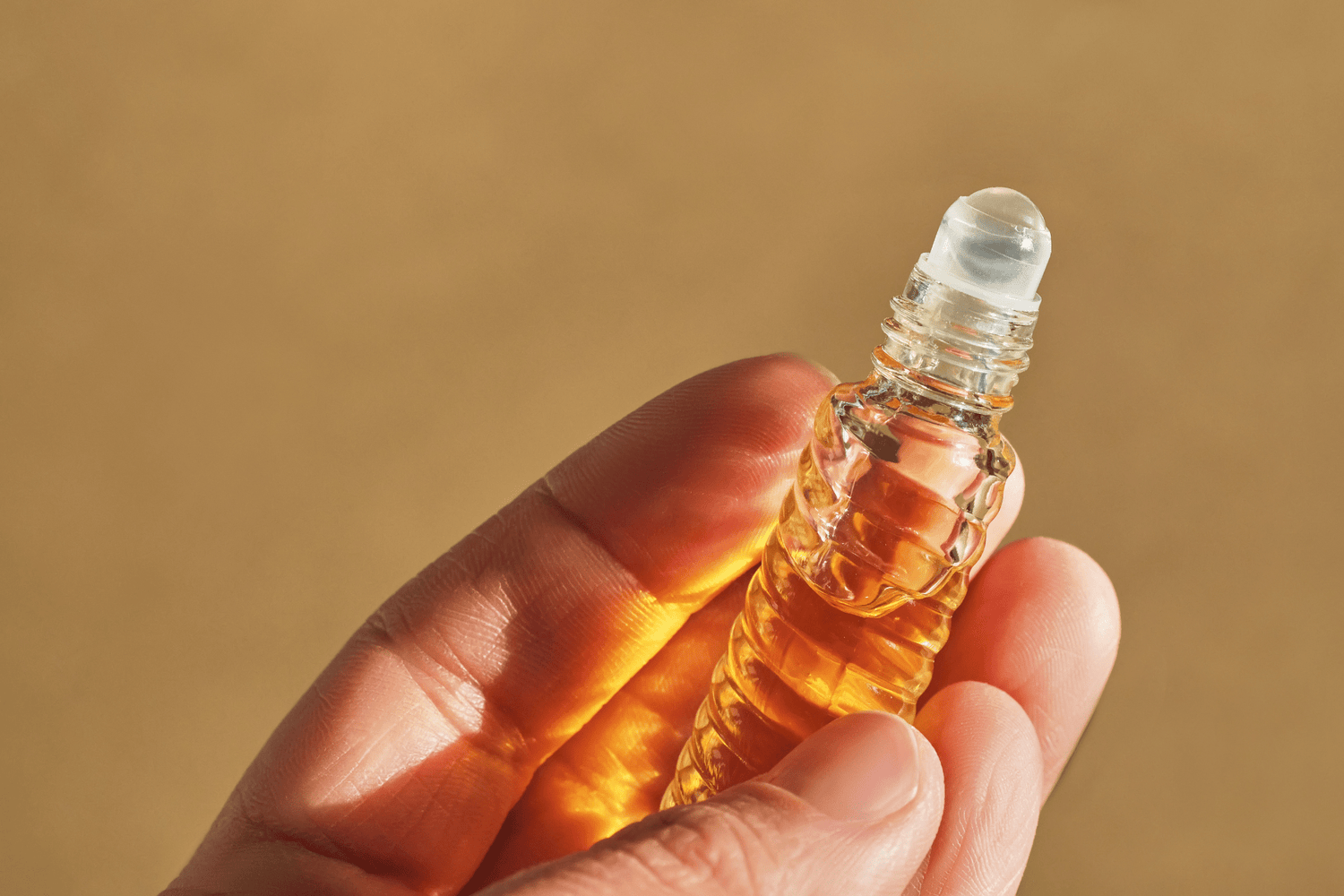Have you ever looked at your favorite candle and thought, "Why does it look like it's trying to dig a hole to China?"
That's called candle tunneling, and it's bound to happen at some point if you burn enough candles.
The problem is that candle tunneling can ruin a perfectly good candle. It not only affects the aesthetic appeal but also its burn time and scent throw. So what's a candle burner to do when candle melting goes wrong?
Here's everything you need to know about how to fix candle tunneling in its tracks and burn your candle evenly.
Why Does Candle Tunneling Happen?
Like us, candles have "memories." When it comes to candles, these "memories" are all about their first burn. Tunneling typically happens when a candle isn't burned long enough during its first few burns.
When this happens, it prevents an initial layer of wax from melting to the edge of the candle container. And when your candle doesn't burn evenly, it can cause tunneling. This phenomenon is often referred to as the "first burn" principle.
Other contributing factors of tunneling might include:
- An improperly sized wick that doesn't produce enough heat.
- Cheap candles with poor candle wax composition that doesn't melt evenly.
- Drafty conditions that cause uneven burning.
Regardless of where things went wrong, don't panic when your candle starts to tunnel. Keep reading to see how you can fix a tunneled candle with items you probably have around the house.

Step-by-Step Guide To Fixing a Tunneled Candle
Step 1: Gather the necessary supplies.
Before you play candle doctor, gather your tools:
- Butter knife (or spoon)
- Hairdryer
- Aluminum foil
- Scissors
- Lighter
Step 2: Level the candle wax surface.
With your butter knife or spoon, gently scrape away the unburned wax around the edges, making the candle as flat as a pancake. But be gentle to avoid damaging the candle wick or container.
Step 3: Expose or replace the wick.
If your wick is playing hide-and-seek or is too stubby, dig around to give it some air. Ensure it's the adequate length for a proper burn. If it's beyond saving, consider replacing it with a new one of the appropriate size.
Step 4: Melt and level the wax with a hair dryer.
Blast the candle with your hair dryer on medium. This isn't just for fun—it'll melt the top layer and even things out. This will melt the top wax layer, ensuring an even surface and potentially exposing a buried candle wick. Refrain from overheating to prevent any damage.
Step 5: Use aluminum foil to concentrate the heat.
Craft a shiny foil collar for your candle, leaving a little window for the wick. This nifty trick helps the flame work harder, melting those stubborn edges. It works by concentrating the flame's heat, thwarting future tunneling.
Step 6: Allow the wax to set.
After achieving an even surface, let the wax cool and solidify. This step is pivotal for the resetting process, ensuring a smooth surface for subsequent burns.
Step 7: Trim and relight your candle.
Once set, trim the candle wick to about 1/4 inch to promote an even and clean burn. Relight your candle and bask in its renewed glow. Use a wick trimmer for the best results.
Tips For Preventing Tunneling In Candles
The best treatment for tunneling candles is prevention. Here are some of our favorite tips for preventing tunneling in the first place.
1. Use multi-wick candles and large candles with multiple wicks.
Candles with multiple wicks distribute the heat more evenly across the surface of the wax. This ensures that the entire surface of the candle melts uniformly, reducing the chances of tunneling.
Larger candles, especially those with multiple wicks, have a broader surface area, further promoting even melting. When the entire surface of the candle melts uniformly, it prevents the formation of a deep well or "tunnel" in the center, which can waste a significant amount of wax over time.
2. Use candle warmers to distribute heat uniformly.
Candle warmers are electric devices designed to melt candles without an open flame. They produce a consistent and uniform heat that melts the wax evenly from the bottom up. This not only helps in preventing tunneling but also maximizes the burn time of the candle.
Additionally, since the wax is heated evenly, the fragrance oils in scented candles are released more efficiently, enhancing the scent throw and making the aroma more pronounced.
3. Extinguish your candles with wick dippers.
Wick dippers are tools designed to safely extinguish candle flames without producing smoke or soot. They work by bending the wick into the melted wax, which both extinguishes the flame and coats the wick with wax.
This process prevents smoke and readies the wick for the next burn. A well-coated wick will burn more evenly the next time the candle is lit, reducing the chances of tunneling. Additionally, using a wick dipper allows you to adjust the position of the wick, ensuring it remains centered and promotes an even burn.
Wondering how the heck to use a wick dipper?
4. Use a candle topper.
A candle topper, also known as an "illuma-lid," is a specially designed lid that sits on top of jar candles while they burn. It has holes that allow for proper ventilation. The primary purpose of a candle topper is to stabilize the flame and distribute it uniformly across the surface of the candle, preventing the formation of tunnels. Moreover, candle toppers can also reduce the effects of drafts, which can cause uneven burning and tunneling.
They come in cute designs and can also serve as decorative accessories for your candles.

Shop Candle Accessories To Fix and Prevent Tunneling
Want to step up your candle game? Know a candle enthusiast in your life who might appreciate some shiny new candle trinkets? Then you won't want to miss our collection of all things candle accessories. Explore our candle accessory collection here.




